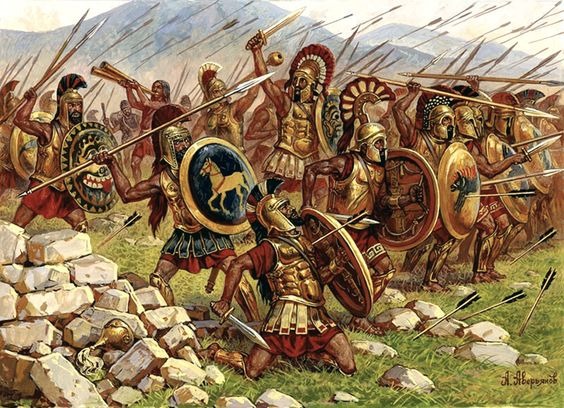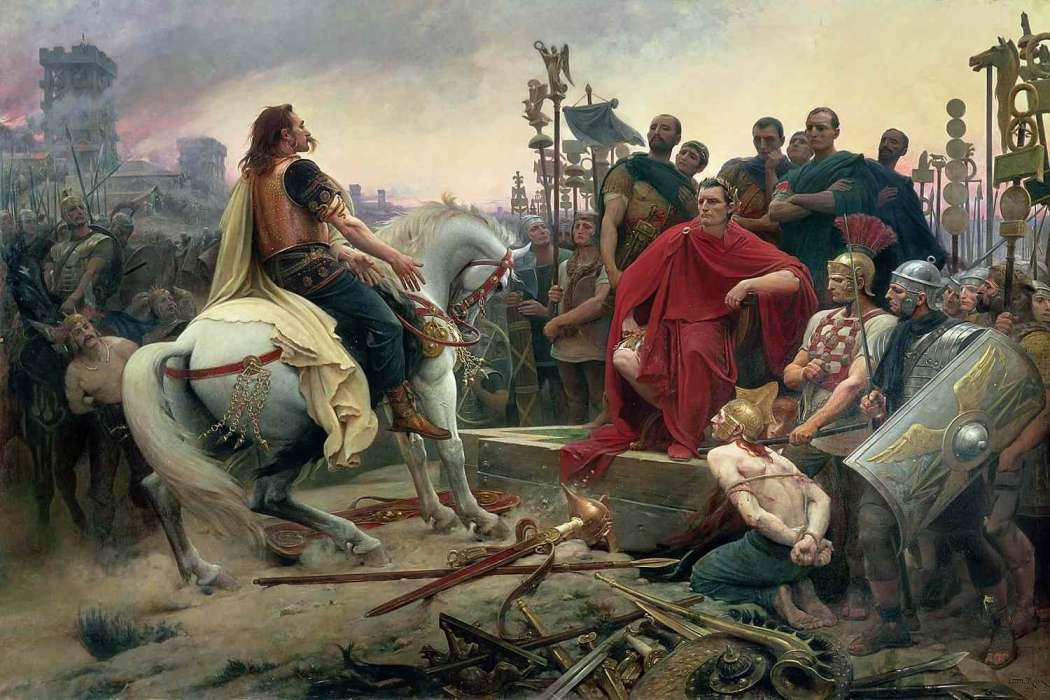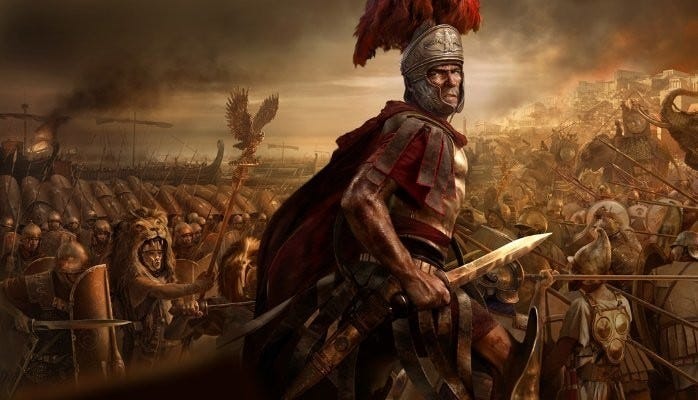During human history, conflicts have arisen that shake civilizations at their core. There has been an intensive cruel battle, which has shaped the syllabus of societies around the world, leaving the number of casualties behind. Here are some times of blood and most intensive devastating battles.
480 BCE: The Epic Battle of Thermopylae

The thermopile battle was a mythological battle during the Persian wars in Central Greece in Mountain Pass at the Thermopylae. Most Spartan Greek forces were led by King Leonidas. He famously challenged the Persians, saying, "Come and take our arms." The Persian army had between 70,000 and 300,000 men.
In contrast, the Greek army was just 7,000 strong. When a small contingent of Leonidas and the Greeks was left behind to launch the advance Persians, they bravely closed them for days, to fight death and maintain their position. The thermopile battle was the basis of many works of art, including the 2007 Zack Snider 300.
Battle of Cannae (216 BCE): Hannibal’s Greatest Victory in the Second Punic War
In the second Pinic War in the 3rd century BC, there was a completely cruel battle in South -East Italy between the forces of Rome and Karthaz. Under the leadership of Hanibal, Karthaginian and his colleagues surrounded their Roman enemies and crushed them, handing them over one of the worst defeats in the history of the Roman Empire.
Surrounding, fighting through dust storms, and combination of effective Karthajinian weapons proved disastrous; Roman loss by historians was recorded anywhere from 55,000 to 70,000.
Siege of Athens and Piraeus (87–86 BCE): Key Events and Historical Significance
The Romans performed much better during the siege of Athens and Pirius starting in 87 BC. Roman Commander Sulla focuses on the latter, as the port will cut the supply from the east.
The Romans kept the Ethanian people hungry, dismissed their temples and religious places, and burned Pirius on the ground. It was said that the roads were truly swept away during blood siege: an estimated 400,000 ethanians were either killed or captured.
Battle of Alesia (52 BC): Caesar’s Decisive Victory Over the Gauls

Another decisive victory for Roman came in 52 BC during the Gallic wars, when Julius Caesar was in command of the Roman veterans. Now in Eastern France, Caesar's army cut the bulls with reinforcement by constructing dual fortification lines around the fort of Alesia.
Galic forces were reduced - more than 250,000 people lost their lives in the fight - and Caesar enjoyed the greatest achievement of his military career as the gallic freedom ended for generations.
You may also read:- Tank Warfare in Ukraine An Unspoken Reality Needs to be Heeded
Siege of Constantinople (717–718 CE): The Epic Battle That Saved Byzantium
The siege of Constantinopal is one of the most important battle in European history. The Muslim Arabs of the Umayad Khalifa made their most concerted attempts to conquer the Byzantine Empire, but Emperor Leo III took advantage of a dual land and maritime strategy.
It was the latter which was particularly effective, using Greek fire-to scorch and destroy a weapon-arb fleet for a modern day flametrower. The Arab army lost all its men and ships (about 120,000 and 1,800, respectively) through a combination of famine, disease, military necklaces and natural disasters.
The successor of the Roman Empire was able to persist for another 600 years, as the Byzantine victory postponed the Muslim advance in South -East Europe.
The Battle and Siege of Gurganj (1221): A Turning Point in Mongol Conquests
Genghis Khan and Mongols once organized the largest embodied land Empire in history. And a major battle that helped them achieve it in 1221 during their victory of the Khwarzamian. Empire or now in Central Asia Afghanistan and Iran. Genghis and his sons directed Gurungaj's full strength-a rich city in Turkmenistan of the modern times for five months. After the city fell, 50,000 Mongol soldiers had orders to kill at least 10 civilians.
Siege of Baghdad (1258): The Fall of the Abbasid Caliphate

In the context of violence in a single day, February 13, 1258 is definitely on or on top. After long and grisly winter and summer campaigns, Shogunnet effectively come to Osaka Castle, and before long set it with gunnery fire.
Under the leadership of Huglu Khan - Mangols, a grandson of Genghis Khan, entered Baghdad and immediately ruined all 50,000 soldiers and almost all 1 million inhabitants of the city in the next few days.
Historians estimate that a minimum of 90,000 people were killed in a day, some citizens spared and sold in slavery. When all this was said and done, the Mongol brought a sharp and cruel end to the Islamic Golden Age.
Siege of Osaka (1614–1615): Japan’s Last Great Samurai Battle
Osaka siege from 1614 to 1615, between Japanese Tokugawa Shogunate and Tenotomy clan. After long and bloody winter and summer campaigns, Shogunate successfully reached Osaka Castle, and soon set it with artillery fire. Toyotomi clan leaders effectively ended their legacy to Sipipu. Tokugawawa Shogunate was unpublished for about 250 years, with at least 60,000 toyotomy claw members killed.
